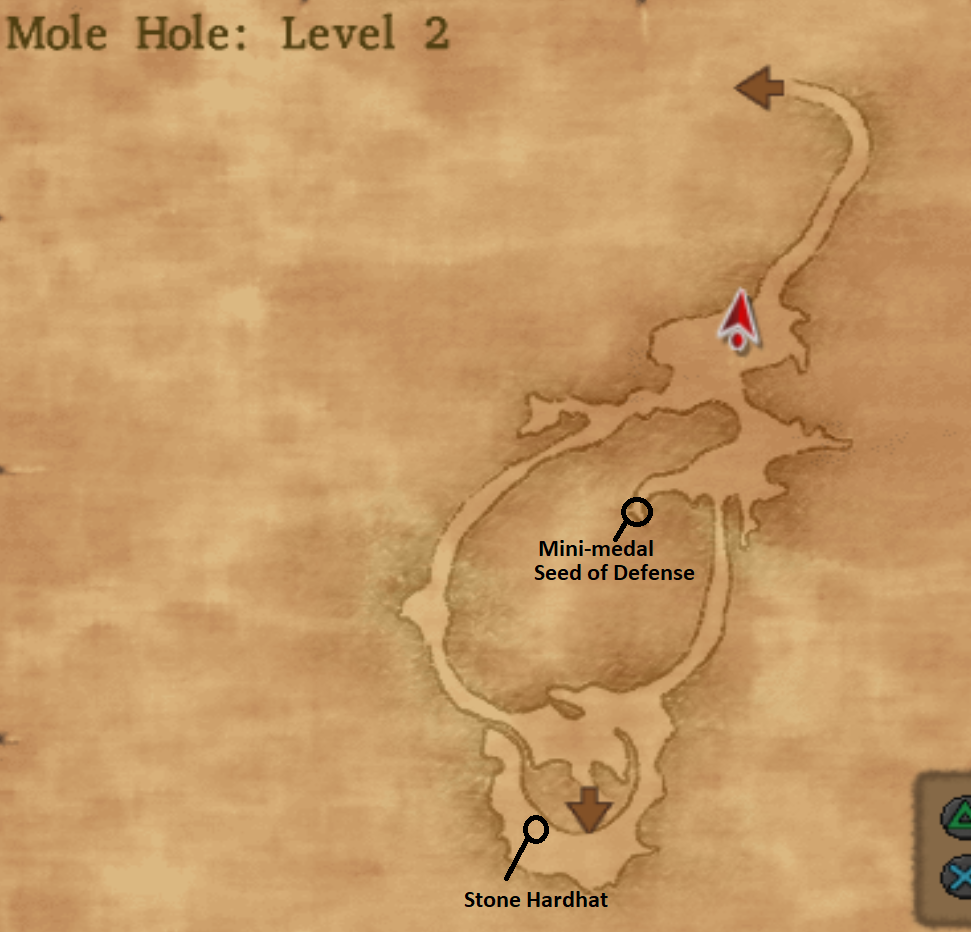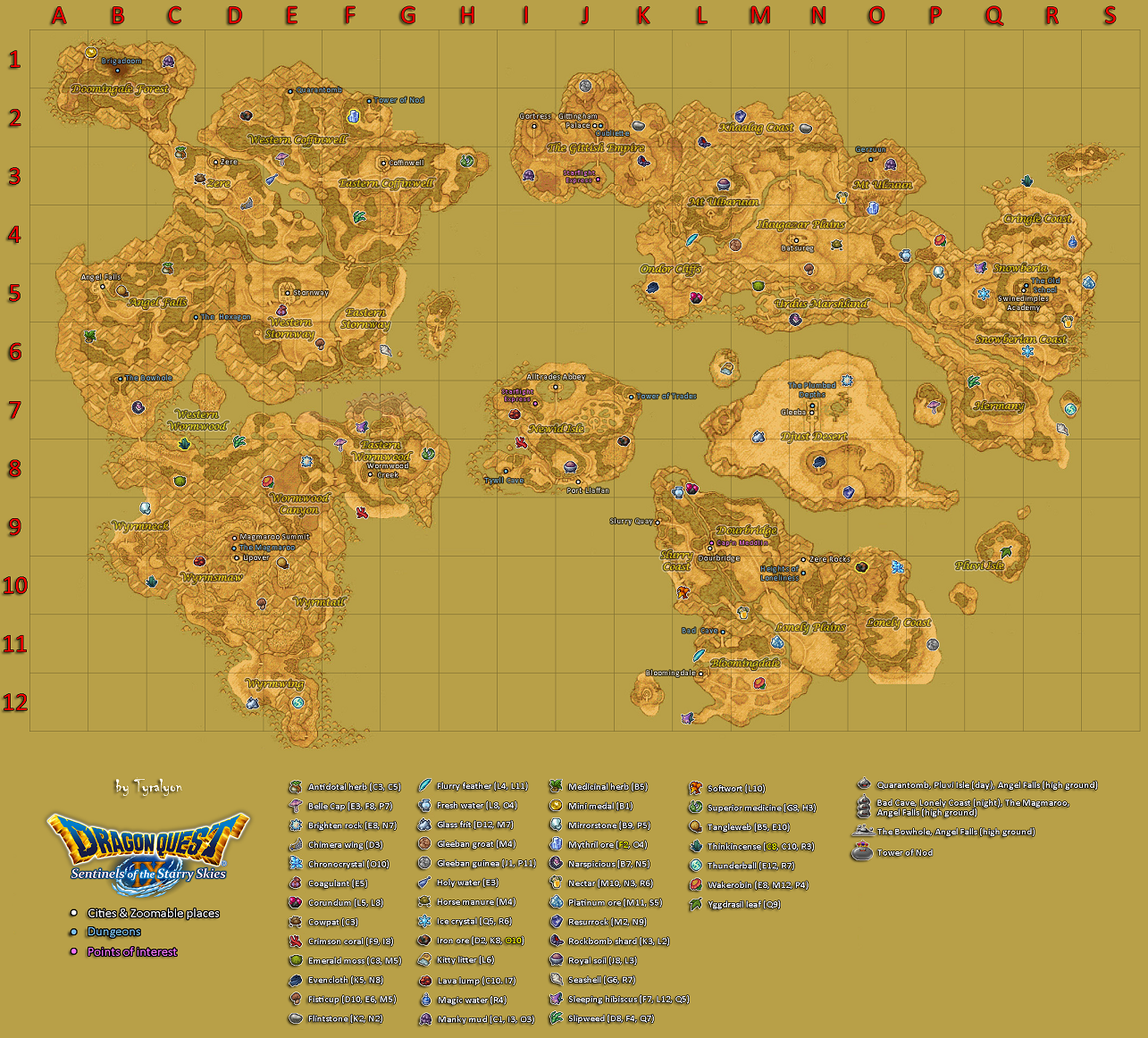
They show up in cutscenes when appropriate and have occasional voice lines. Sadly, even though he’s the only person in the world capable of healing monsters, he can’t do so anywhere but the arena, so you’ll still have to return there if one of your monsters falls in battle.įor the most part, the two new characters are integrated well. Boosting tension amps up damage dealt and healing without costing any additional MP, so it can be very helpful when facing a tough group of adversaries. Morrie fights with GUSTO and PASSION, and his abilities help to raise tension on himself and others. Her abilities make her a good stand-in for Yangus, though she doesn’t have his considerable bulk, and tends to fall in battle more frequently. She also has the highest base agility of all the playable characters, making her a great spot healer or team buffer in a pinch. Red’s special abilities allow her to occasionally steal items and gold automatically at the end of a battle, though this happens less frequently than you might think. Once you do beat him, you’ll unlock the brand new Rank X battles in the arena, though how these can be beaten is beyond me at this point. Expect it to take a couple of hours and some serious exploration to complete this sidequest if you want Morrie on your team. The monster arena is a fun sidequest, but this is no minor task, requiring you to seek out and defeat some very tough monsters. You’ll encounter him fairly early on, but I was shocked to find that he won’t join your party until you best him in the arena, meaning that you have to clear the Rank S challenge. If you’ve played DQVIII before, you may remember Morrie as the flamboyant owner and operator of the monster battling arena. Red the bandit queen will join your team automatically after a plot event, but Morrie requires a lot more effort to recruit. Fortunately, everyone gets the same amount of experience whether they’re actively battling or not, so once they join, you can choose the party composition you like and stick with it. Both characters will enter your game at level 35, regardless of how high or low the rest of your team is, so it can be hard for the newcomers to keep pace with the rest of the party. Both characters had roles to play in the original version of DQVIII, but the four main characters are well balanced even without the additions. What surprised me most was just how late into the game each of them is recruited. It may be considered a spoiler (though it’s featured pretty heavily in Nintendo’s marketing) that there are two new playable characters in the 3DS version. In this review, I’ll go over each of the upgrades to the 3DS version in turn. For a more general overview, please read the review in progress. I was pleasantly surprised to see that the religious references and some of the more risqué elements of the original made it through localization intact, including the infamous puff-puff scene. While I’m disappointed that the orchestrated soundtrack was removed from the 3DS version, that’s really the only downgrade from the PlayStation 2 version, and the addition of the new features heavily outweighs that disappointment. With this remake for the 3DS, Square Enix took the time to make sure that DQVIII was a little more modern and player friendly without removing the charm and appeal of the original. Dragon Quest IX introduced ad-hoc multiplayer and downloadable content to the series, and Dragon Quest X is a massively multiplayer online game that will probably never make it outside of Japan. in 2004, and in many ways it’s the last traditional single-player role playing game in the series.

Released: Novem(PS2), (iOS, Android), Janu(3DS)ĭragon Quest VIII was first released in the U.S. I’ll do my best to keep them light, but if you haven’t played DQVIII before and want to be surprised, stick with the review in progress.ĭragon Quest VIII: Journey of the Cursed King (3DS, PS2, iOS, Android) As such, it’ll be difficult to discuss some of them without delving into spoiler territory. You can finish the game in considerably less time than that, but several of the new features are actually post-game content. I wanted to make sure I tried out all of the new features added for the 3DS version before writing the final review, little realizing that this would mean sinking about 85 hours into the title. To sum it up, DQVIII was a masterpiece on the PlayStation 2, and the translation to handheld hardware adds far more than it takes away. In my review in progress for Dragon Quest VIII, I wrote about its early hours, and if you haven’t already, I’d encourage you to read that article. It’s a testament to the quality of this title that all I really want to do right now is turn my 3DS on and get right back into it.

In order to finish this review, I’ve done pretty much nothing other than play Dragon Quest VIII: Journey of the Cursed King ( DQVIII) for the past several days and nights.


 0 kommentar(er)
0 kommentar(er)
